Alaska, often seen as the last frontier, is not just a land of breathtaking landscapes and rugged adventures but also a treasure trove of gold. From the historic days of the Klondike Gold Rush to modern large-scale operations, the quest for gold in Alaska remains as vibrant as ever.
This article dives deep into the veins of Alaska's gold mining industry, exploring everything from the old-age techniques of gold panning to the massive operations at some of the largest gold mines.
Being a recreational miner myself, I've always dreamed of going to Alaska to prospect. Gold fever is definitely a thing! The price of gold right now is well over $2000 an ounce! My advice, get a pan and start prospecting!
Key Takeaways:
- Diverse Mining Methods: Understand the variety of techniques used in Alaska, from traditional gold panning to advanced hard rock mining.
- Major Mining Locations: Explore key areas from the Juneau Gold Belt to the remote regions of Northwest Alaska.
- Economic and Environmental Impact: Learn about the balance between economic benefits and environmental management in the Alaskan gold mining sector.
The Historical Panorama: Klondike Gold Rush to Now
The narrative of gold mining in Alaska is incomplete without mentioning the Klondike Gold Rush that started in 1896. This event marked the beginning of gold mining in Alaska, with thousands flocking to the area.
Today, the industry has evolved with major mines like the Fort Knox Mine in the Fairbanks North Star Borough, which began producing gold in the late 1990s, becoming landmarks of modern-day gold mining.
Modern Mining Techniques
Today, mining gold in Alaska is far from the pickaxe and shovel imagery of the past. Techniques have evolved to include sophisticated methods like open pit operation and underground mining, ensuring that the extraction of gold is efficient and environmentally conscious.
The Fort Knox Mine, for example, is a prime example of an open-pit operation that utilizes state-of-the-art technology to mine gold.
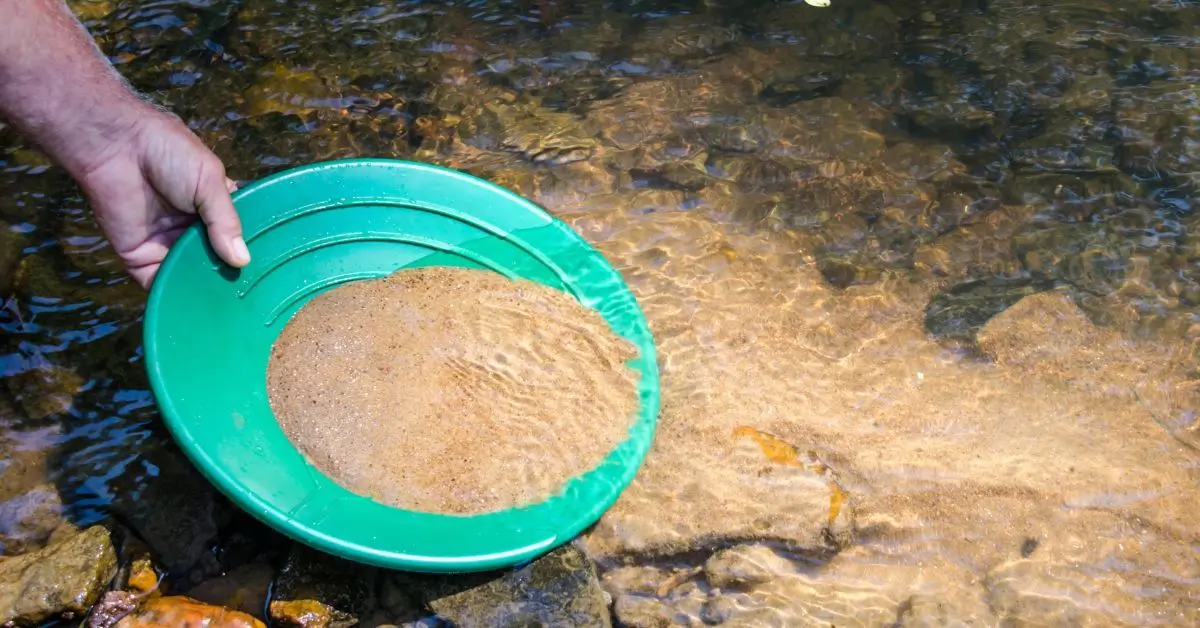
The Giant Cores: Alaska’s Major Gold Mines
Alaska is home to some of the largest gold mines in the world, including the famous Pogo Mine and the Fort Knox Mine. These sites contribute significantly to the state's economy not just through gold production but also by providing employment in regions where there might be few other jobs available.
Placer Mining: A Staple of Alaskan Gold Extraction
Placer mining began in Alaska in the late 19th century. Even today, areas around Fairbanks and the Yukon River are popular for this method, where miners search for gold in loose riverbed sediments.
It's a method that has stood the test of time and continues to be a popular activity for both serious miners and recreational gold mining enthusiasts.
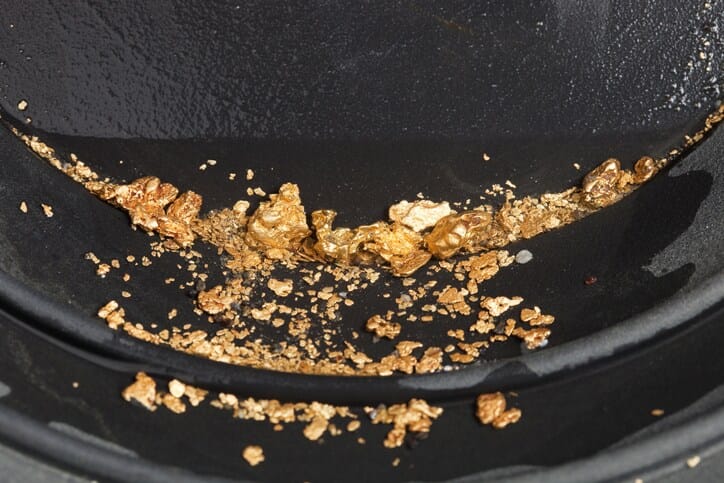
Unearthing the Potential: Undeveloped Gold Deposits in Alaska
Alaska's vast landscapes are not just breathtaking; they're brimming with untapped potential, particularly when it comes to undeveloped gold deposits. The Alaska Department of Natural Resources keeps a keen eye on these areas, recognizing their potential to boost the state's economy significantly.
With regions in Southwest Alaska and Interior Alaska identified as having substantial deposits, the future of gold mining looks promising. These areas, rich in mineral resources, await advancements in technology and investment to transform them from quiet, untouched lands into bustling hubs of activity.
The permitting process for these undeveloped sites is comprehensive, ensuring that any mining activity aligns with environmental and safety standards. This process, though rigorous, opens doors for mining companies to explore new territories responsibly.
As these areas are developed, they contribute not only to the production value of gold but also to local economies through job creation and infrastructure development.
The exploration of these deposits is a beacon for those in the industry, signaling new opportunities and advancements in mining techniques that could set new benchmarks for the sector.
Navigating the Depths: Underground Mining in Alaska
Alaska's underground mines, like the famous Greens Creek Mine or Crow Creek Mine, are engineering marvels that delve deep into the earth to extract not just ounces of gold but also other valuable minerals.
These mines represent a significant segment of Alaska's mining landscape, employing sophisticated techniques to access gold-bearing concentrate that lies buried far beneath the surface.
The process involves constructing tunnels and shafts, which allows miners to reach the ore deposits. This method is particularly prevalent in areas where placer mining is not viable due to the depth at which the deposits are found.
The Greens Creek Mine, a standout among Alaska's underground mines, not only produces gold but also silver, lead, and zinc. This mine is a prime example of how diverse mineral production can be achieved even within primarily gold-focused operations.
The mine's success is largely due to its advanced flotation mill, which separates valuable minerals from non-valuable material, showcasing a high level of efficiency and environmental consideration. The integration of such technology is crucial for maximizing extraction and minimizing waste.

Exploring the Riches: Hard Rock Mines in Alaska
Alaska's hard rock mines, often overshadowed by the more visible placer mines, represent a significant segment of the state's gold mining industry. These mines delve deep into the earth, targeting the veins of gold-bearing concentrate that placer mining can't reach.
The process involves drilling, blasting, and hauling the ore to the surface, where it is processed to extract the gold. This method is essential for accessing the vast deposits that lie hidden beneath Alaska's rugged terrain, making it a critical component of the state's mining capabilities.
Hard rock mining in Alaska not only taps into the rich veins beneath the surface but also contributes significantly to the local economy. The development of these mines requires a substantial investment in technology and manpower, creating numerous jobs and supporting local communities.
Moreover, the gold extracted from these mines often boasts higher purity levels, fetching a premium on the gold market. As such, hard rock mines are not just physical endeavors but also pillars of economic activity, underlining their importance in Alaska's gold mining landscape.
Discovering Gold Creek: A Hidden Gem
Gold Creek, not just a name but a beacon for those with a pan and a dream, continues to sparkle in the eyes of modern prospectors. This picturesque stream, nestled away in Juneau, has a rich history dating back to the early days of the gold rush.
It's not just the scenic beauty that attracts visitors but the creek's reputation for gold bearing concentrate. Enthusiasts and professional miners alike flock here, eager to sift through the waters that once made fortunes.
The allure of Gold Creek isn't just historical—it's highly practical. The creek's placer deposits remain a significant draw, offering a less intensive mining method that still promises the thrill of discovery.
For newcomers wondering where to find gold, this creek serves as an ideal starting point. With simple tools and a bit of patience, many find their first flakes of gold here, igniting a passion for further exploration in Alaska's vast landscapes.
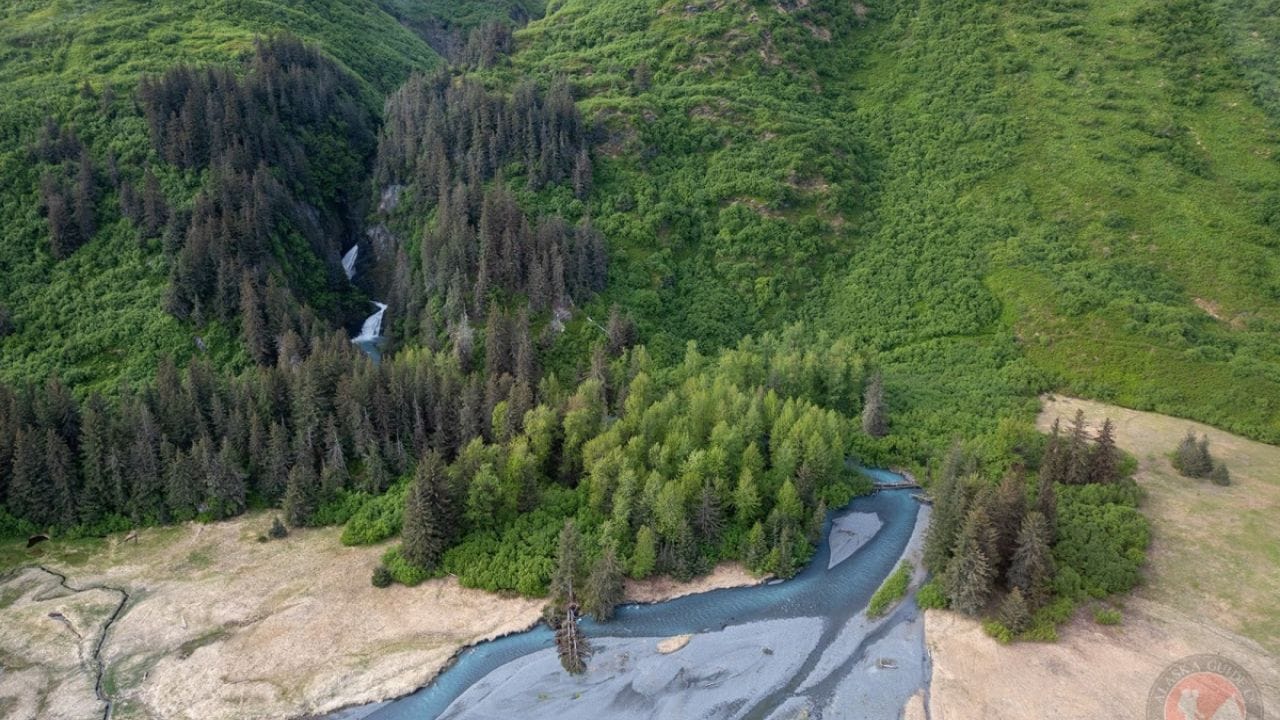
Unveiling the Depths: The Science Behind Gold Measurement
Gold measurement in Alaska isn't just about weighing nuggets. It's a sophisticated dance between geology and technology. The U.S. Geological Survey plays a pivotal role, employing advanced techniques to estimate gold reserves accurately.
This not only informs mining companies about the potential yield but also guides operational strategies. By understanding the concentration of gold measured per ton of soil, companies can optimize their extraction processes, ensuring a profitable and sustainable operation.
Moreover, the precision in gold measurement impacts the entire mining sector. Accurate data allows companies to assess the feasibility of new projects and manage existing ones more effectively.
This is crucial in regions like Alaska, where the harsh environment can add layers of challenge to mining operations. As technology evolves, so does the accuracy of gold measurements, promising a more efficient future for the industry.
Digging Deeper: The Role of Active Mines in Alaska's Economy
Active mines are not just excavation sites; they are bustling hubs contributing significantly to Alaska's economy.
These mines, extracting everything from gold to gravel, provide employment and have spurred the development of remote areas. The economic ripple effect is profound, with mining companies investing in community infrastructure and services, which in turn boosts local economies.
Furthermore, the presence of active mines attracts a plethora of ancillary businesses, from equipment suppliers to food services, all of which contribute to the economic tapestry of the state.
The strategic importance of these mines extends beyond immediate financial gains, as they play a crucial role in securing the economic independence of Alaska, making the state a significant player in the global mining arena.
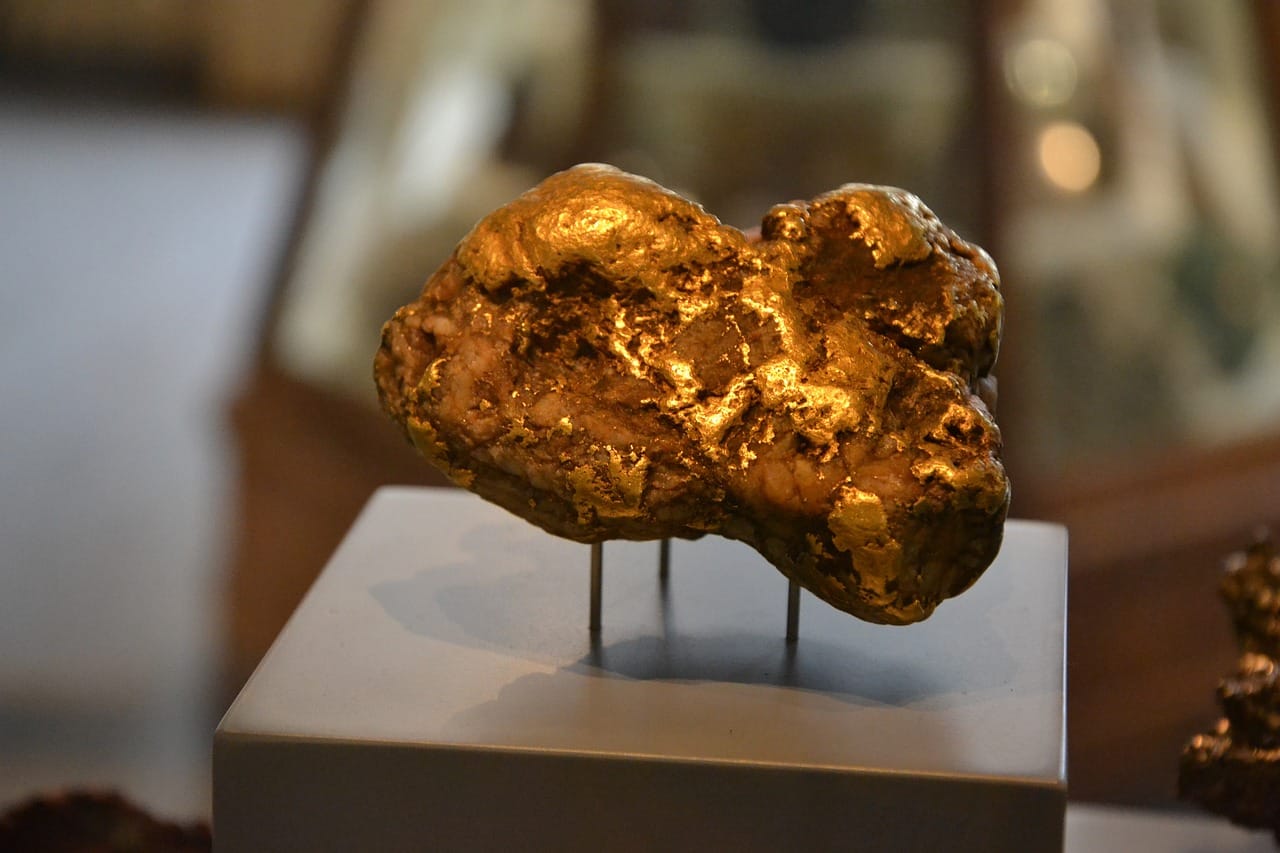
The Role of Usibelli Coal Mine in Alaska's Mining Tapestry
The Usibelli Coal Mine, a stalwart in the Alaskan mining scene, presents a fascinating contrast to the typical gold-focused narratives. Established in 1943 and located near Healy, this mine diversifies Alaska's mineral portfolio by extracting coal, yet it plays a crucial role in understanding the broader geological and economic context of mining in the region.
The mine's commitment to sustainable practices and community engagement sets a benchmark for other mining operations.
Beyond coal, Usibelli's contributions to local economies and technological advancements in mining are noteworthy. The mine site is often a hub for geological surveys and research, providing valuable data that aids in the exploration of other minerals, including gold.
This interconnection highlights how various types of mining in Alaska support one another, weaving a complex but robust tapestry of industrial activity that drives much of the local development.
The Legacy Continues: State Historical Park Mining Sites
Alaska's rich mining history is preserved in several state historical parks, where visitors can step back in time to the days of the gold rush. These parks often include old mine sites, restored and maintained for educational and recreational purposes.
For example, visitors to these parks can explore old tunnels, view antique mining equipment, and sometimes even pan for gold themselves. This hands-on approach not only educates the public about Alaska's mining heritage but also keeps the legacy of the gold rush era alive for future generations.
One notable site is the Independence Mine State Historical Park, located in the heart of Alaska's gold-rich regions. Here, the past meets the present as tourists and history enthusiasts alike explore the remnants of what was once one of the most productive hard rock mines in the state. Other sites like Denali Gold tours or Crow Creek, also offer a way to see Alaska's vast gold possibilities. Indian Valley Mine, another great example.
The park offers guided tours, providing insights into the techniques used in the past and the challenges faced by miners. By maintaining these sites and making them accessible to the public, Alaska not only preserves its history but also enriches the understanding of its pivotal role in the gold mining industry.

The Pulse of Progress: Teck Alaska's Role in Gold Mining
Teck Alaska, a major player in the Alaskan mining sector, operates one of the largest open-pit gold mines in the state. Their operations highlight the scale and technological advancement that characterize modern gold mining in Alaska.
At these mine sites, large quantities of earth are moved to access the gold deposits, a method that is different from the more targeted approaches used in underground mining. Teck Alaska's commitment to innovation and safety has set a high standard for mining practices in the region.
Moreover, Teck Alaska's involvement extends beyond mere extraction. They play a pivotal role in local communities, contributing to economic stability and job creation.
Their operations on state land designated for mining showcase a partnership between mining companies and state policies aimed at harnessing natural resources responsibly.
Through continuous geological surveys and investment in local infrastructure, Teck Alaska not only helps in the pursuit of gold but also fosters a sustainable environment for future mining endeavors.
The Backbone of the Industry: Sand and Gravel Operations in Alaska
While gold often steals the spotlight in discussions about Alaska's mining prowess, sand and gravel operations play a crucial, though less glamorous, role in the state's mining industry.
These operations are widespread across Alaska, providing essential construction materials that support not only mine construction but also general infrastructure development. From roads to buildings, the sand and gravel sourced from local operations are integral to development projects, making this sector a backbone of the Alaskan economy.
Interestingly, places like Delta Junction and other regions in Southeast Alaska are key players in this segment of the mining industry. The operations here not only support local economies but also contribute significantly to the state's overall output of construction materials.
This segment of the mining industry may not sparkle like gold, but its impact and necessity are undeniable, providing the foundation upon which much of Alaska's development is built.

Recreational Gold Mining: A Tourist’s Adventure
Alaska offers unique opportunities for tourists to try their hand at gold panning in places like Resurrection Creek and the Alaska Range. This form of recreational gold mining is a gentle nod to Alaska’s historical mining practices and is supported by the state government to educate people on the mining heritage of the region.
The Role of Alaska Native Corporations in Mining
Alaska Native Corporations play a crucial role in the mining sector. These corporations often partner with mining companies to explore and develop resources on native lands.
The NANA Regional Corporation, for example, has been involved in significant projects like the Red Dog Mine, which, although primarily a zinc concentrate producer, also extracts gold.
Environmental Management in Mining
The mining industry in Alaska is tightly regulated with a strong emphasis on environmental protection. The Final Environmental Impact Statement is a critical document that assesses the potential environmental impacts of new mining projects like the Donlin Gold Project, ensuring that the pristine Alaskan environment is preserved.
Economic Impact of Gold Mining in Alaska
The economic impact report on Alaska’s mining industry highlights significant contributions to personal income and state government revenue. Mining operations not only provide high-paying jobs but also contribute to local economies, especially in rural Alaska where alternative employment opportunities are limited.
The Future: Ongoing Exploration and Development
The potential for gold mining in Alaska is still vast. Continued exploration in areas like the Alaska Range and the Northwest Arctic Borough promises to uncover new deposits that could lead to future mine development.
Companies like Kinross Alaska and Northern Star Resources are at the forefront of this exploration, looking to expand Alaska's gold resource base.

Some Final Thoughts
Mining gold in Alaska is a multifaceted industry that spans historical practices to modern-day technological advancements. It plays a crucial role in the state's economy while also offering a nod to Alaska's rich cultural heritage. Whether it's through large-scale operations or individual panning, gold mining continues to be a pivotal part of Alaska's identity.
If You're like me, I'm always looking at where to find the best prospecting equipment! If you want the best price and the quickest delivery, High Plains Prospectors is the only place to go! Check them out here!
FAQ's
What are some of the best places for recreational gold mining in Alaska?
Resurrection Creek and the beaches along Nome are popular spots for recreational miners. State parks and certain public lands designated for recreational gold panning also provide great opportunities.
How does the mining industry in Alaska impact the local economy?
The mining industry is a significant contributor to Alaska’s economy, providing high-paying jobs and contributing to state revenues through taxes and royalties. It also supports secondary businesses in the region.
What are the environmental protections in place for mining in Alaska?
Mining operations in Alaska are subject to strict environmental regulations. Projects undergo rigorous environmental impact assessments, and companies are required to have detailed plans for waste management and land restoration post-mining.
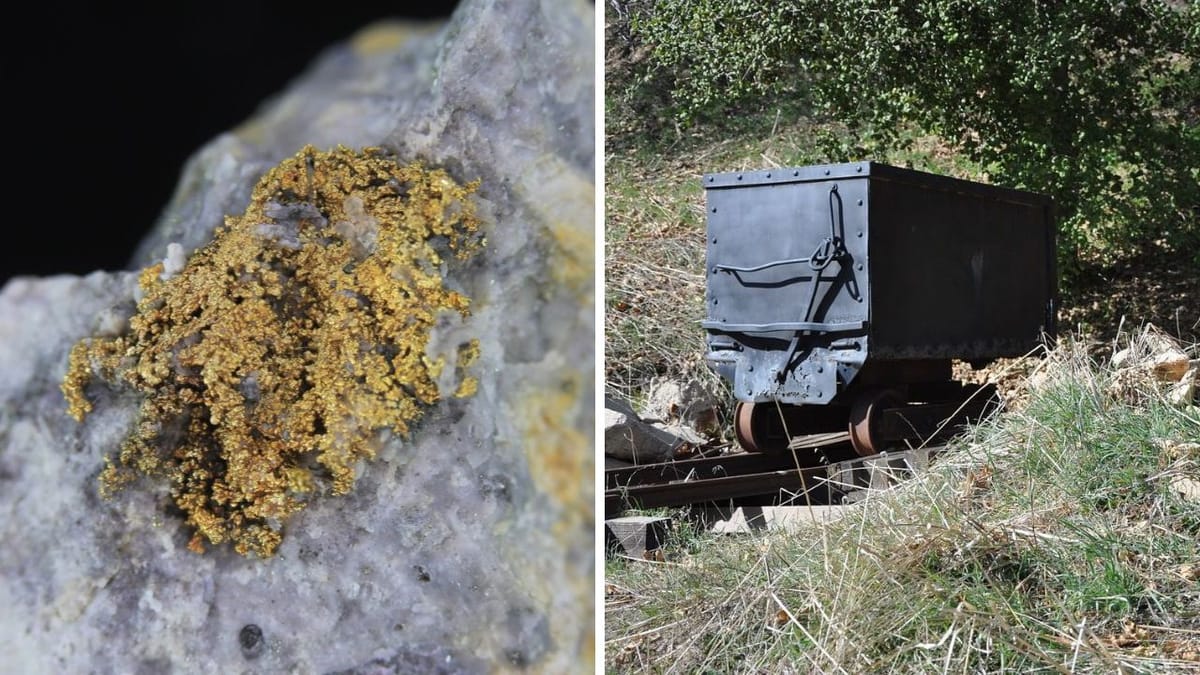
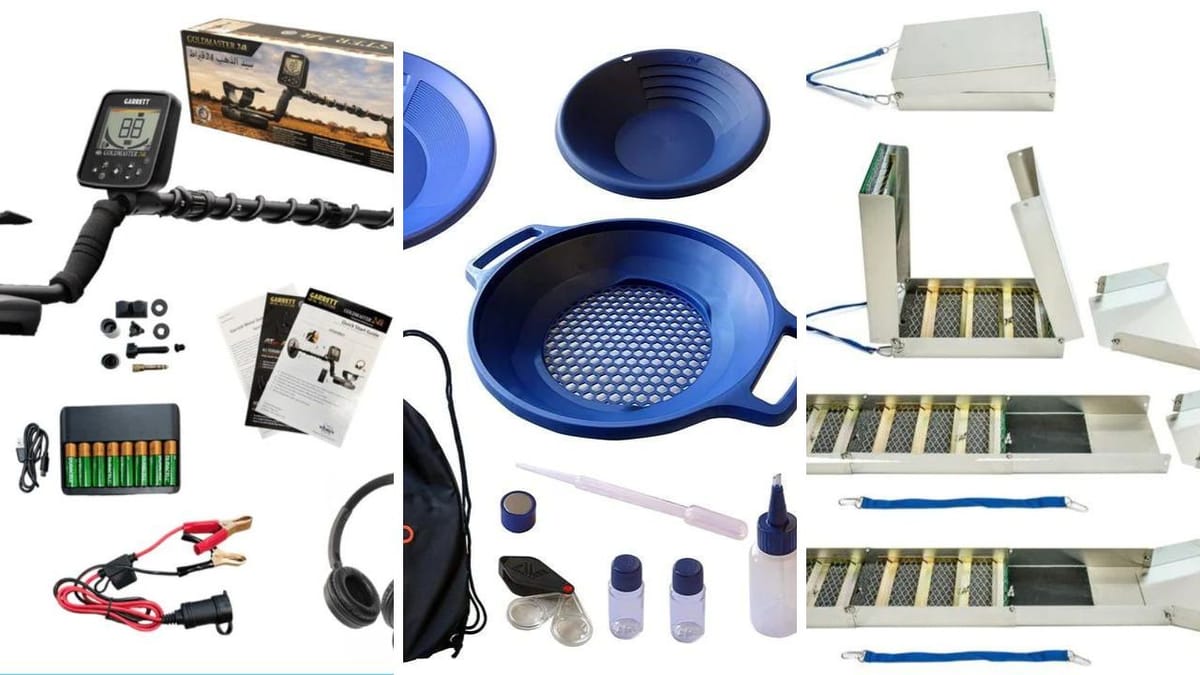






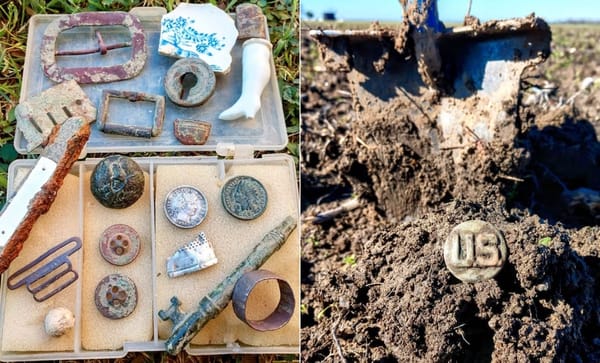
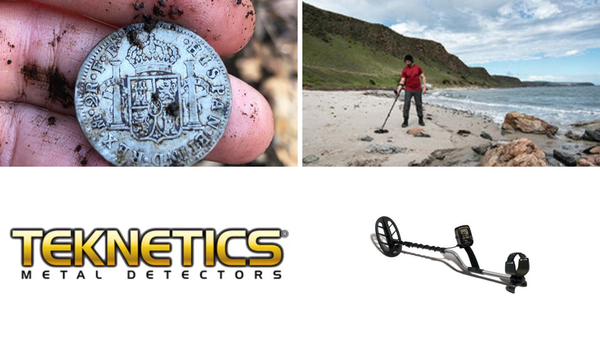
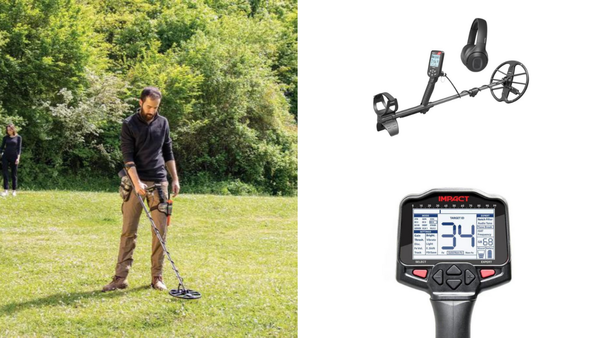
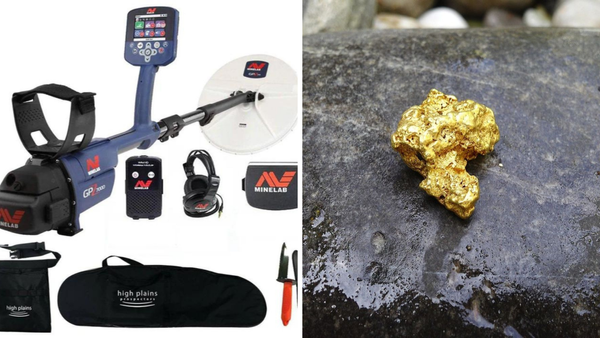
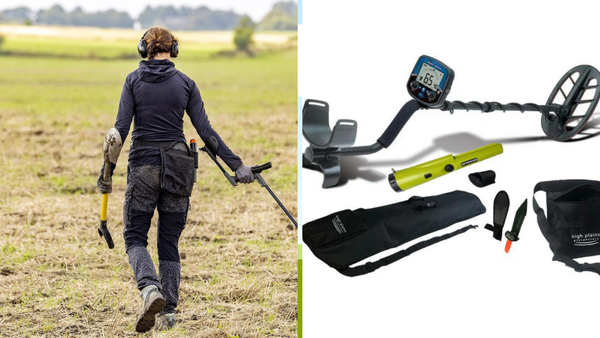
Member discussion